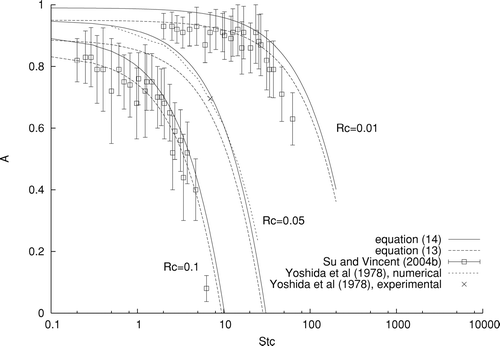Figures & data
Figure 1 Schematic of sampler considered and limiting particle trajectory surface for the case when the sampler is oriented with the inlet pointing upwards.
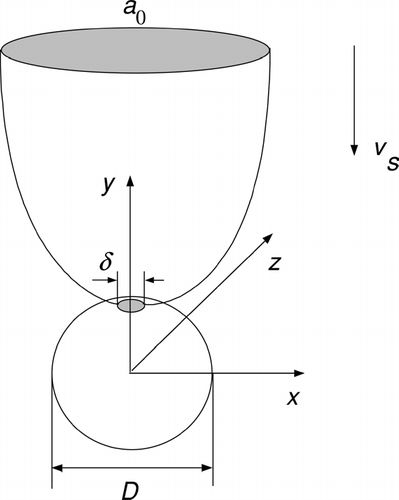
Figure 2 The distribution of the magnitude of the non-dimensional air velocity, V, for the value of the bluntness parameter B = 10, (a) on the axis orthogonal to the symmetry axis at y′ = 1.05. L is the non-dimensional distance from the symmetry axis. (Sampling inlet at y′ ≈ 0.995); (b) along the symmetry axis. BEM denotes results obtained by the Boundary Element Method.
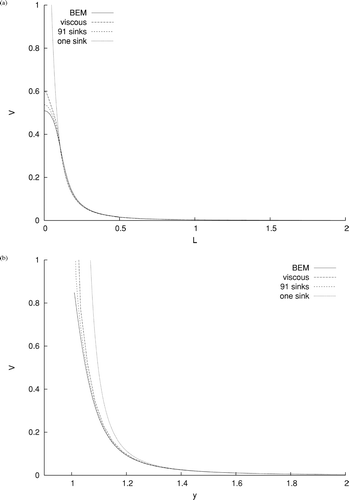
Figure 3 Results for the sampler pointing upwards to compare with the experimental data of CitationSu and Vincent (2003). (a) Aspiration efficiency, A, as a function of Stokes number, StC, for values of the gravitational parameter RC = 0.1 and 0.01. BEM denotes results obtained by the Boundary Element Method. (b) limiting particle trajectories for Rc = 0.1 and Rc = 0.01 with bluntness parameter B = 5.3.
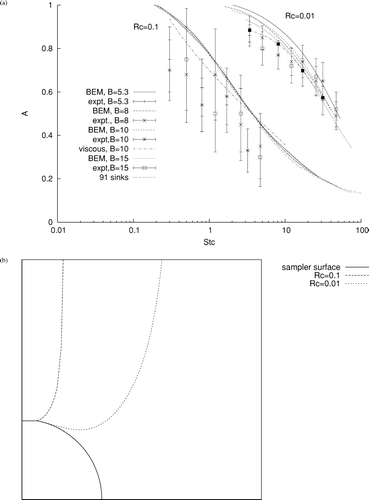
Figure 4 Aspiration efficiency, A, as a function of Stokes number, StC, for values of the gravitational parameter RC = 0.2, 0.1, 0.01, and 0.001 when the sampler is pointing upwards obtained numerically using the potential flow models.
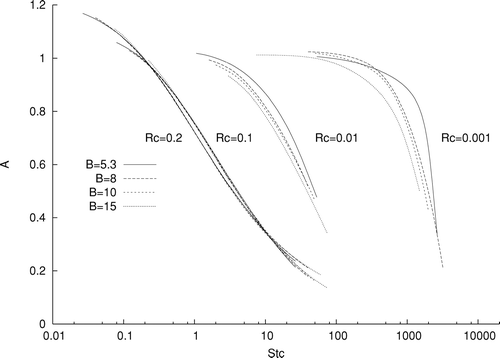
Figure 5 Aspiration efficiency, A, as a function of Stokes number, StC, for values of the bluntness parameter B = 15, RC = 0.1, and 0.01 when the sampler is pointing upwards, obtained numerically and given by the empirical expression (10).
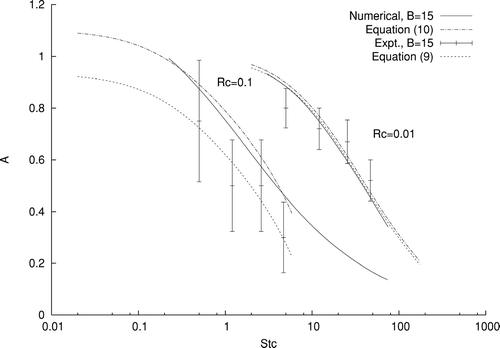
Figure 6 Results for the sampler pointing downwards to compare with the experimental data of Su and Vincent (Citation2003, Citation2004). (a) Aspiration efficiency, A, as a function of Stokes number, StC, for values of the bluntness parameter B = 8 and 5.3, when the gravitational parameter RC takes the value 0.01. (b) Aspiration efficiency, A, as a function of Stokes number, StC, for values of the gravitational parameter RC = 0.01, 0.02, and 0.025, when the bluntness parameter B takes the value 5.3. BEM denotes results obtained by the Boundary Element Method.
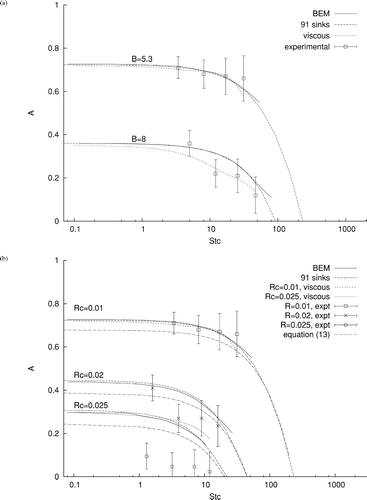
Figure 7 Aspiration efficiency, A, as a function of Stokes number, StC, for values of the gravitational parameter RC = 0.01, 0.02, and 0.025 when the bluntness parameter B takes the value 5.3 and the sampler is pointing downwards. Results obtained numerically and experimentally are compared with the 2 empirical expressions (13) and (14). BEM denotes results obtained by the Boundary Element Method.
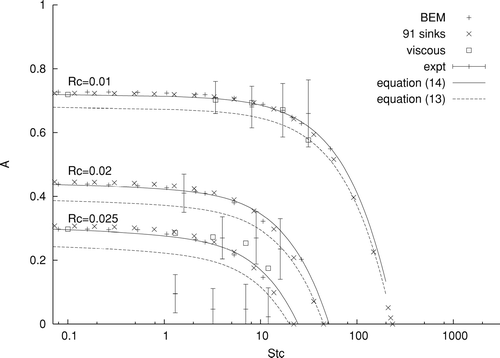
Figure 8 Aspiration efficiency, A, as a function of Stokes number, StC, for values of the gravitational parameter RC = 0.1, 0.05, and 0.01 when the bluntness parameter B takes the value 1 and the sampler is pointing downwards. Results obtained numerically and experimentally are compared with the 2 empirical expressions (13) and (14).
